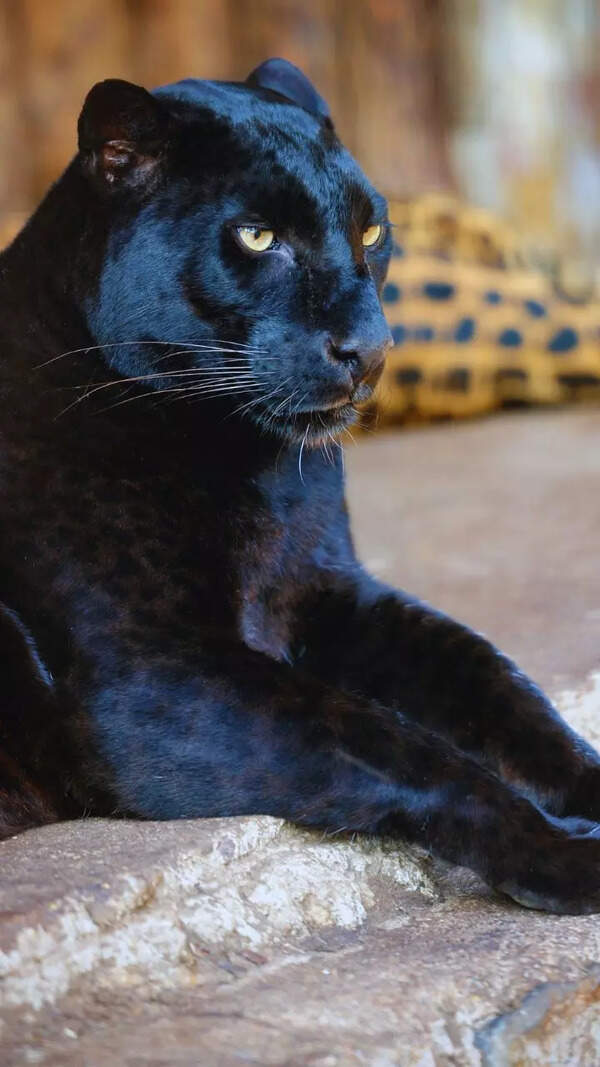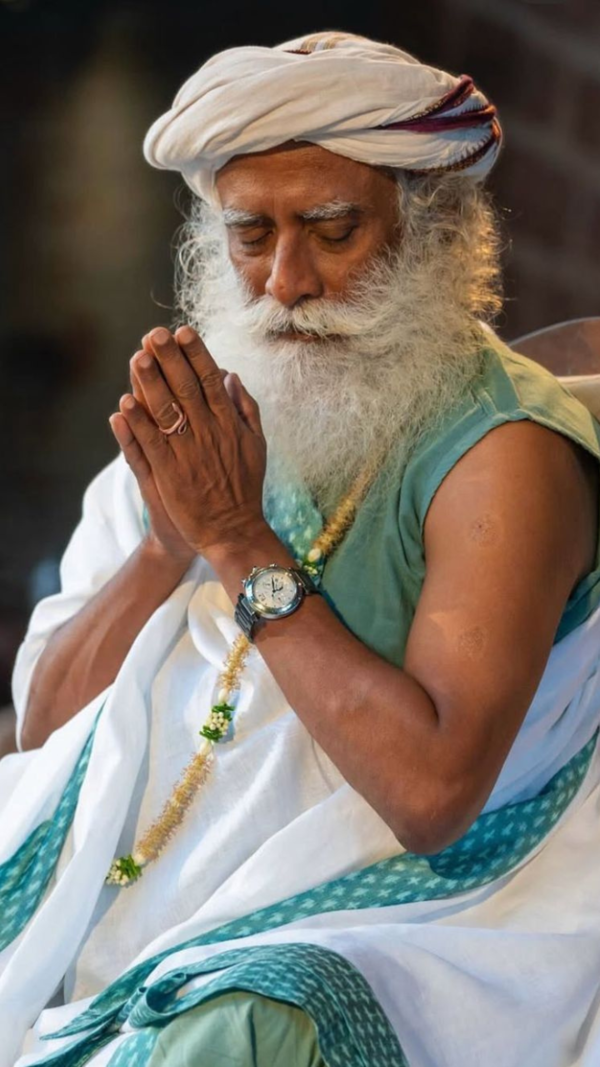- News
- entertainment
- anime
- Journey to the West: Goku’s official roots
Trending
Journey to the West: Goku’s official roots
Akira Toriyama drew inspiration from the Chinese Monkey King for Goku, yet Indian fans see parallels with Hanuman. Goku's strength, loyalty, and humility resonate with Hanuman's virtues. Despite no official confirmation, Goku's selfless battles and pure heart evoke Hanuman's spirit for Indian audiences. Many embrace Goku as an anime Hanuman, reflecting their deity's devotion and courage.
Dragon Ball’s creator Akira Toriyama clearly based young Goku on the Chinese Monkey King from Journey to the West, not on Hindu myth. In 1984 Toriyama explicitly set out to adapt the classic tale of Sun Wukong. When Dragon Ball debuted later that year, the hero was even named Son Goku (孫悟空) – the same characters used for Sun Wukong. Goku’s very design comes from the Monkey King: his tail, flying nimbus cloud and expanding power pole are direct lifts from Wukong’s legend. Toriyama’s wife notes he traveled to China in April 1984 to research this story. Importantly, none of Toriyama’s published interviews or notes ever mention Hanuman. Officially, Goku was modeled on a Chinese folk hero, not on a Hindu deity.
Hanuman, Sun Wukong and Goku shared traits: Strength, loyalty and flight
- Monkey symbolism: Goku’s original design included a tail and a magic staff – just like Hanuman’s prominent tail and the mace (gada) he carries. In Dragon Ball’s story, young Goku even flies on a flying cloud (the Nimbus) and later learns to fly with energy, echoing Hanuman’s legendary leap across the ocean. (In fact, Goku inherited these traits via Sun Wukong: Toriyama gave Goku the Monkey King’s extending staff and cloud-flying ability)
- Strength and courage: Both heroes demonstrate boundless courage. Hanuman’s tales show him smashing demons and mountains, while Goku repeatedly saves his world from villains by surpassing his limits. Their famed battles against evil reflect the same idea: good triumphs over evil through courage.
- Loyalty and humility: Hanuman is celebrated as the “ultimate devotee,” and Goku likewise embodies devotion to family, friends, and even his wider world. He trains hard not for glory, but to protect others (even training villains like Vegeta so they won’t harm Earth). He never brags – when crowned “Greatest Warrior,” Goku simply thanks his friends and trains more. These humble traits resonate with Hanuman’s self-effacing faith
Dragon Ball in India: The Goku–Hanuman connection
Check out our list of the latest Hindi, English, Tamil, Telugu, Malayalam, and Kannada movies. Don’t miss our picks for the best Hindi movies, best Tamil movies, and best Telugu films.
End of Article
Follow Us On Social Media
Visual Stories
Tired of too many ads?go ad free now










